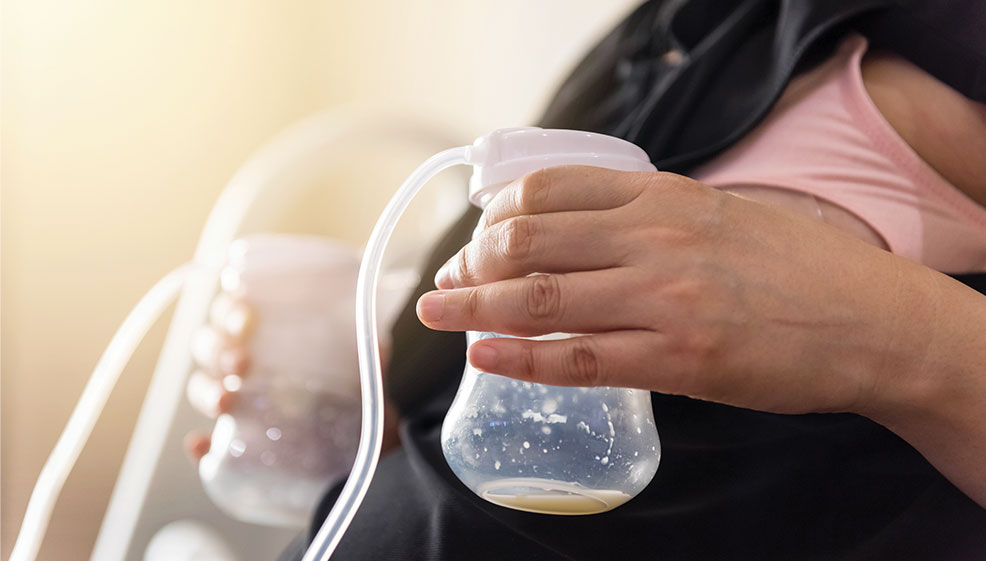
Back to Work: True Stories & Helpful Tips
- Home
- Live Well Blog
- Back to Work: True Stories & Helpful Tips
“I knew it would be hard to leave Nicole, but feeling guilty about going back to work made my decision to continue breastfeeding easier. Learning how to pump and how to establish my milk supply wasn’t as hard as I thought. My WIC peer counselor was very helpful and reminded me to keep nursing to give Nicole the best start possible.”
– Jordan, WIC mom
Breastfeeding provides a special bond between mother and baby. This is especially true for moms who can’t always be with their baby. Not only is breastfeeding possible, many working parents find it easier than bottle-feeding.
Here are some helpful tips to make your return to work (or school) easier:

WHILE YOU ARE PREGNANT:
- Talk to your boss or human resources about options for nursing moms.
- Find a clean and comfortable place to pump.
- Think about how you will store your milk at work.
- Talk to your WIC peer counselor about borrowing a pump and going back to work.
With Your Baby At Home:
- Allow baby to practice nursing as much as possible before introducing bottles or pacifiers (4 to 6 weeks is best).
- Begin building a supply of frozen milk about 2 weeks before returning to work. Try to pump in the morning when hormone levels allow you to express more in less time.
- Have dad, grandma or a friend introduce the first bottle of human milk to your baby. If they refuse bottle-feeding, human milk can be given by cup or spoon until they get used to the change.
- Wait as long as possible before returning to work or school.

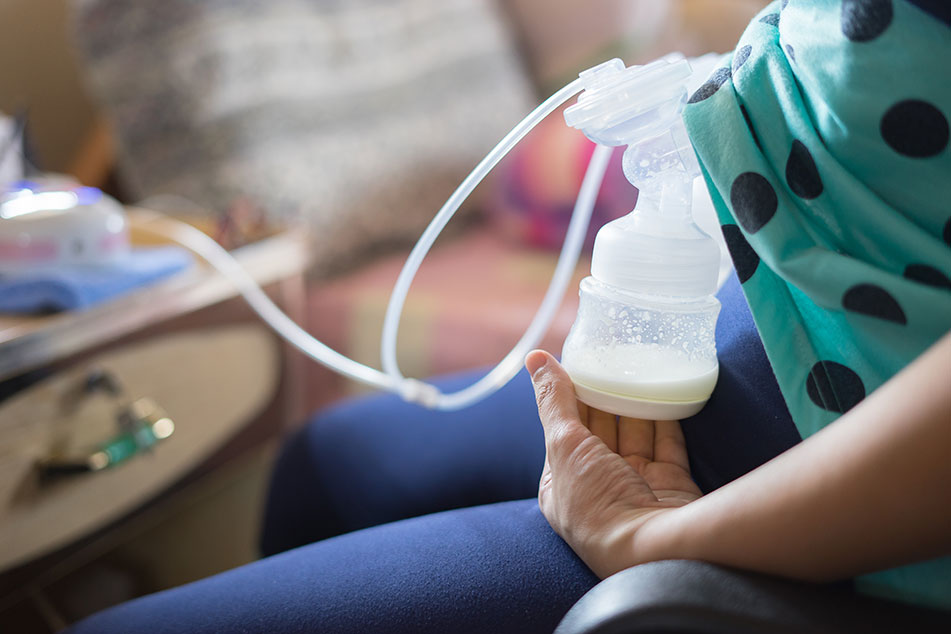
Back at Work:
- Return to work on a Thursday or Friday to make it easier to adjust.
- Double pumping with an electric pump can make pumping faster and easier.
- Pump for each feeding you are not with your baby — generally every 3 hours.
Pumping Tips:
- Learn how to hand express — this will come in handy if you forget your pump!
- Make sure the pump fits you well — having the wrong size flanges (the part that covers your nipple) can make pumping harder.
- When you first start pumping, you will get very little milk. Keep in mind you are “placing an order” for future milk — telling your body that it needs to make more.
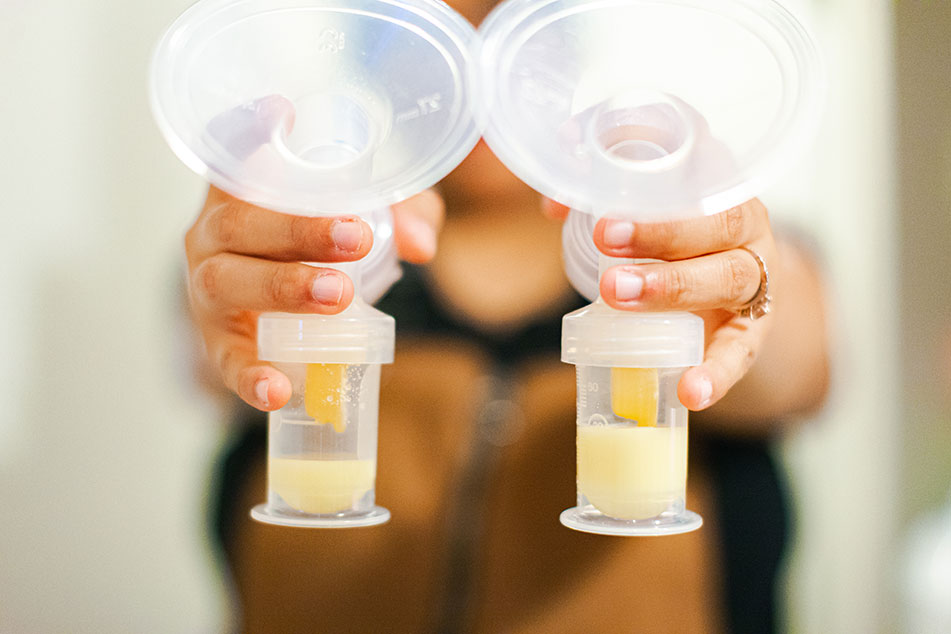
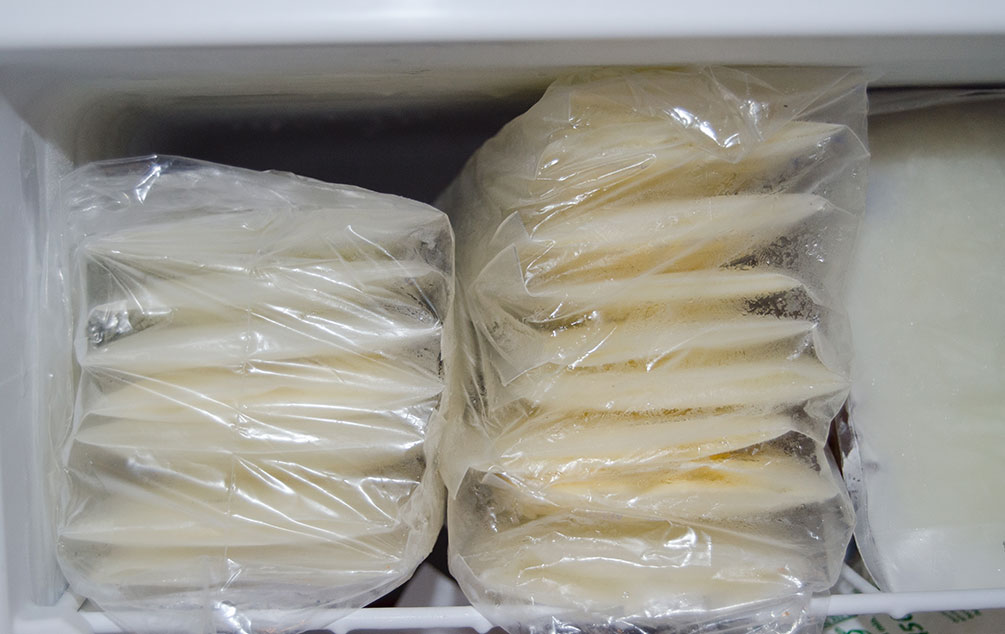
How to Store Human Milk:
- Store milk in 1-4 oz. portions in clean bottles or double-bagged freezer bags.
- Date the outside of the container and use the oldest first.
- Thaw milk in the refrigerator or by swirling in a bowl of warm water.
- Avoid thawing in the microwave; it can destroy nutrients.
“I went back to work when Maddox was only six weeks old. I thought I’d have to switch to formula, but then WIC helped me find an electric pump to use — so I figured I could give it a try. I’m so glad I did! It really isn’t hard and at the end of the day, nursing is how I “de-stress” and reconnect with Maddox.”
– Karlee, WIC mom
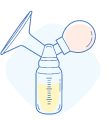
When you choose to stick with breastfeeding, you’re helping your baby in two ways — supporting them by working or going back to school and giving them the best nutrition that money can’t buy!
Storage Guidelines for Human Milk
| STORAGE LOCATIONS AND TEMPERATURES | |||
|---|---|---|---|
| TYPE OF HUMAN MILK | Countertop 77oF (25oC) or colder (room temperature) |
Refrigerator 40oF (4oC) |
Freezer 0oF (-18oC) or colder |
| Freshly Expressed or Pumped | Up to 4 Hours | Up to 4 Days | Within 6 months is best. Up to 12 months is acceptable. |
| Thawed, Previously Frozen | 1-2 Hours | Up to 1 Day (24 hours) |
NEVER refreeze human milk after it has been thawed. |
| Leftover from a Feeding (baby did not finish the bottle) |
Use within 2 Hours after baby is finished feeding. | ||
| Source: Centers for Disease Control and Prevention | |||
For more information:
www.LLLI.org (La Leche League), www.workandpump.com or www.kellymom.com
